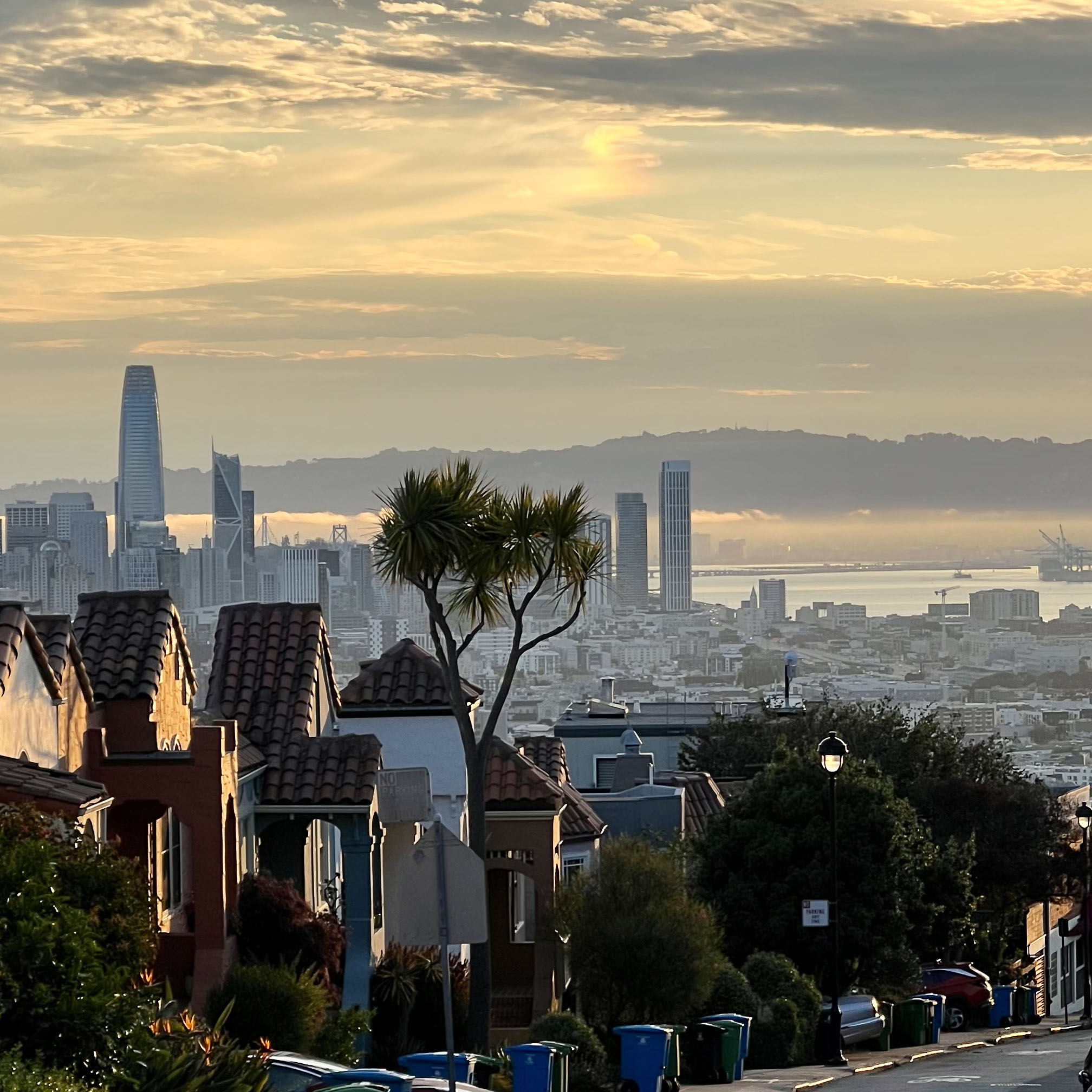
University Mound.
McLaren Park.
San Bruno Ave.
We could say more, but why?
Portola Neighborhood Vibe
A relaxed and friendly neighborhood that has done its best to stay “under the radar” — it’s a neighborhood you’re least likely to see a hipster in. Homes in Portola Heights on the southern side of the neighborhood offer stunning views and back up against McLaren Park, leaving you with a feeling of being in the woods while in the middle of San Francisco. The north side of the neighborhood is bounded by I-280 and has a much more urban and industrial feel than its southern side.
Popular Portola Home Styles
The neighborhood consists primarily of single-family homes built above a garage level and to the width of the lot on 25′ wide lots. While streets in the neighborhood were mapped out in 1869, homes didn’t really begin to appear in the neighborhood until after the great quake of 1906 when displacement from the earthquake and fire accelerated the development of many of our southern neighborhoods. The neighborhood was built out over the next several decades. There has been very little new or recent development in the neighborhood, although there are several large vacant areas that may be developed in the future.
A section of the neighborhood is known as University Mound and features streets named for schools you might aspire to: Amherst, Yale, Bowdoin, Harvard, Oxford, and Cambridge to name a few of the streets.
Getting Around in Portola
Plan on driving. While the neighborhood was primarily developed before the car became the default transit mode, it is still a car-dependent neighborhood. Bus lines do serve the neighborhood, but there is no light rail nearby and the closest BART station is the Glen Park BART.

With 20+ years in the industry and over $400M in sales, we live and breathe San Francisco real estate from Visitacion Valley to The Marina and from Victorians to modern condos. Always fascinated by the people, history, and evolution of our city.

We are counselors and advisers, not salespeople. If you want a deal done, we’ll get a deal done. If you want to push pause, we’ll pause. Your search might last five years and 36 neighborhoods, or one hour and one address. Decades of experience prove we aren’t in this for the quick deal, but the lasting relationship. How about you?

We know how to prepare and position your home for top dollar when selling and how to negotiate your best price as a buyer regardless of market dynamics. We work with the right people at the right time, tapping our powerful network of lenders, contractors, artisans, and vendors.
We’re proud of the recognition we’ve earned for excellence in San Francisco real estate representation.
Our broker, Matt Fuller, is a recognized thought leader, white paper author, and media consultant for the real estate industry. He has served as the President of the San Francisco Association of Realtors and the Director of the California Association of Realtors.
We are members of the Top Agent Network, San Francisco’s premier community for the top ten percent of local real estate agents.
We’ve received numerous industry certifications including Certified International Property Specialist (CIPS), Graduate of REALTOR Institute (GRI), and National Association of REALTOR (NAR) Fair Housing.
San Francisco is a city of neighborhoods, each with nuances and a distinct character that make a difference when choosing a home.
We love, live, and work here, and are experts in the details of each of the ninety neighborhoods San Francisco has to offer.
Wherever you are in the home buying or selling journey, we have insights to share. Get in touch with us today.